Fragment of Everyday Life: Special Edition
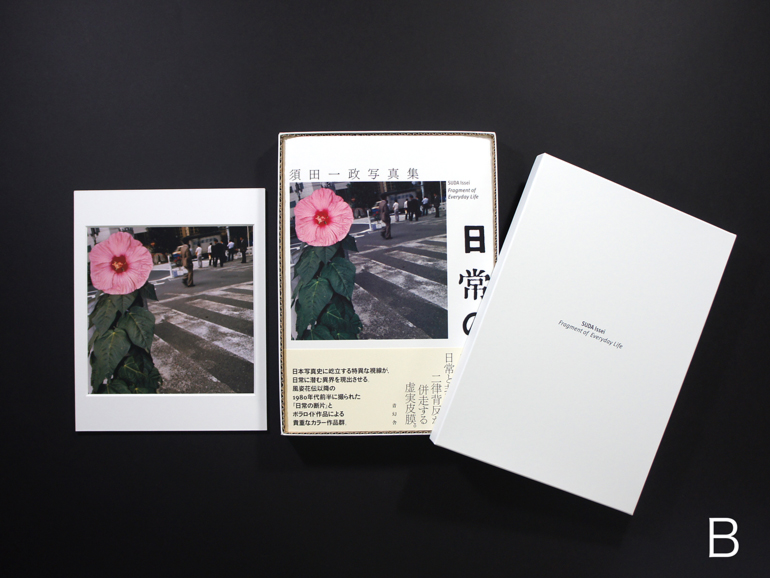
- Price:
- 60,000 yen (JPY)
- Author(s):
- Suda Issei
- Language(s):
- Japanese and English
- Size:
- 210 × 297 × 17 mm, 990 g
- Pages:
- 128
- Binding:
- hardcover
- Release date:
- 20180415
- ISBN:
- 978-4-86152-657-2_sp C0072
[photograph] Books in the category
New Books
NewThe Town You Live In: Reprinted Edition
Yoshiyuki Okuyama
New Books
Readymade: Shinichi Kaneko Photographs
Shinichi Kaneko
New Books
A Portrait for Myself
Kei Ono
New Books


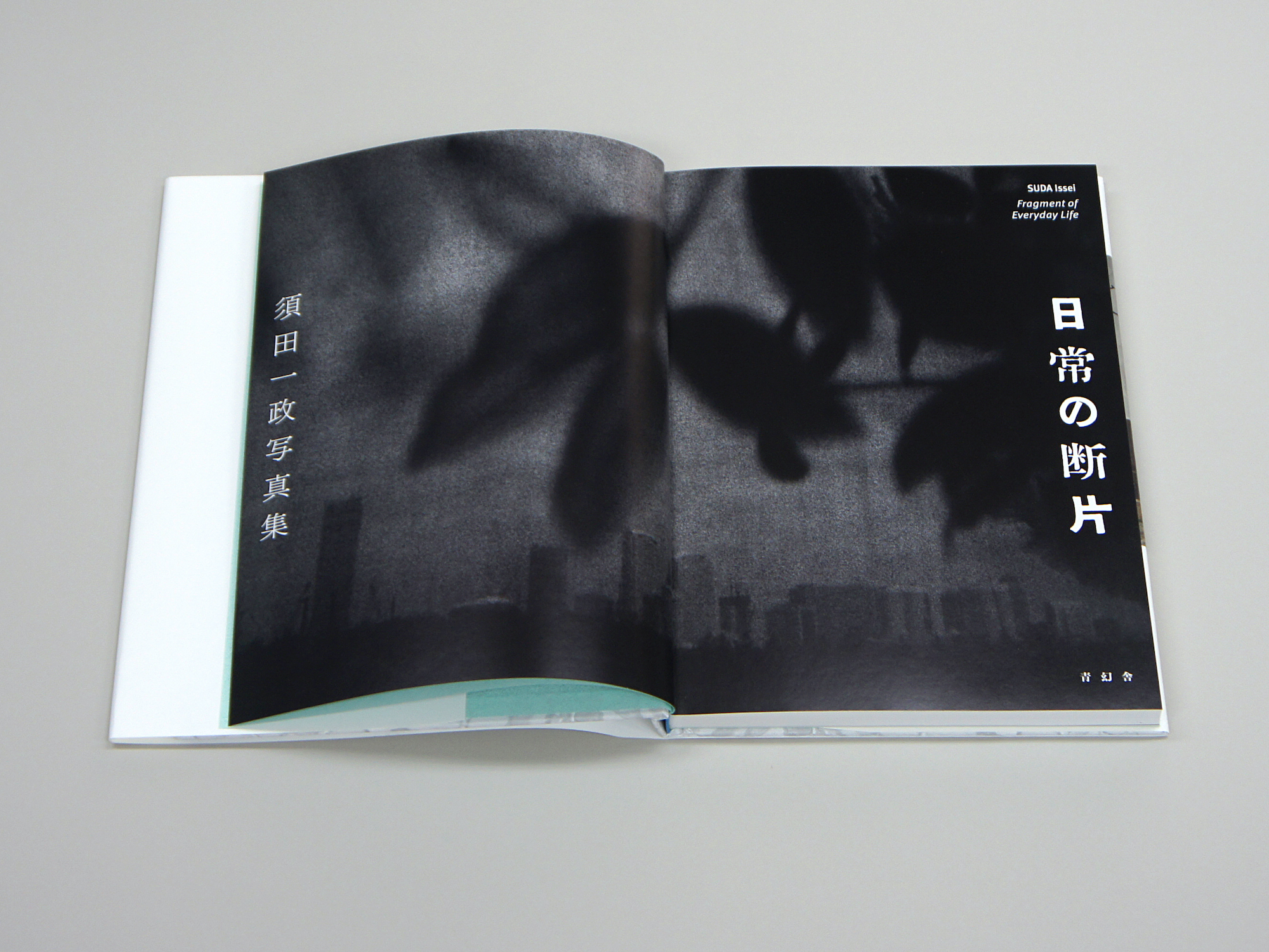
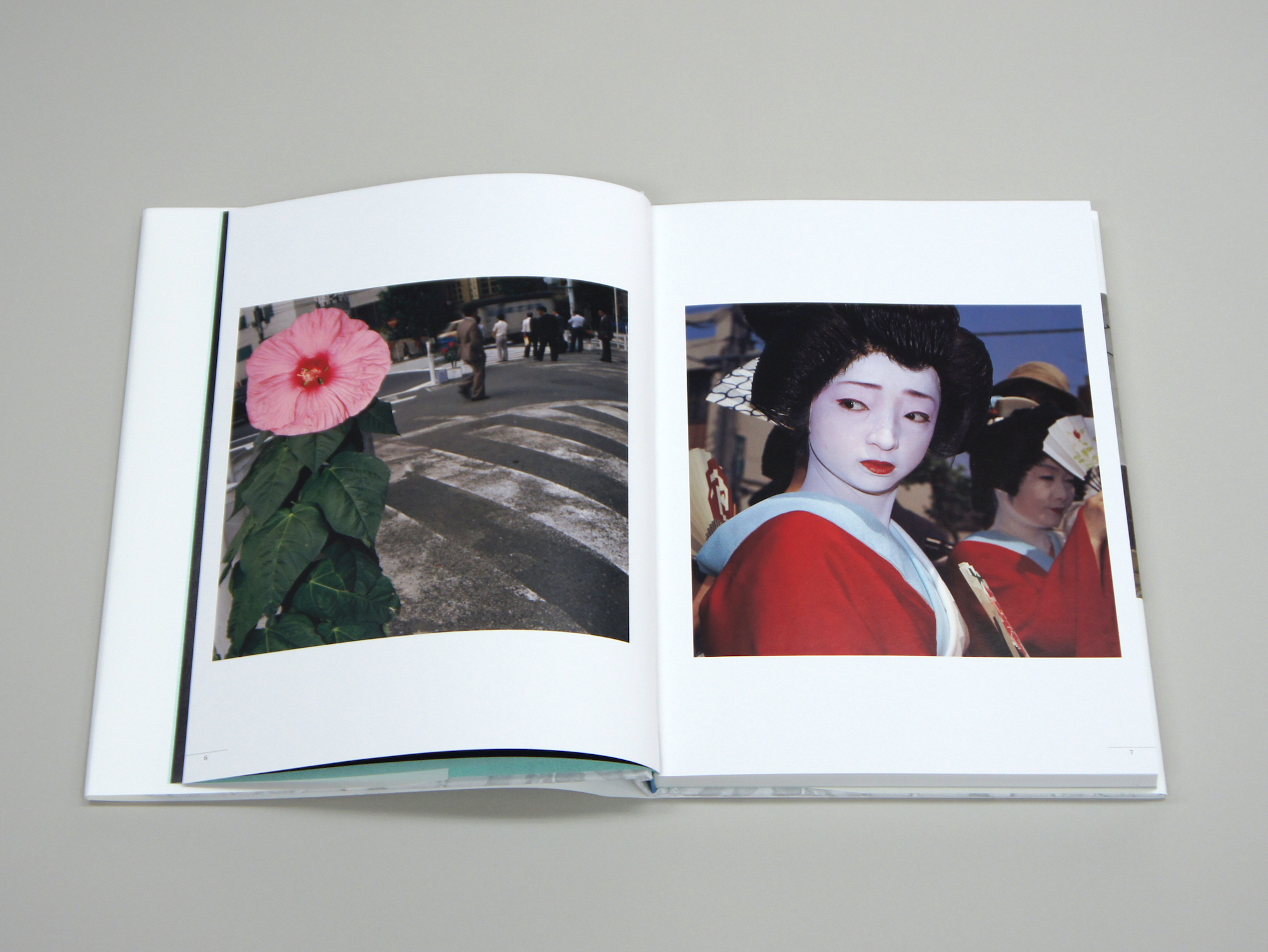
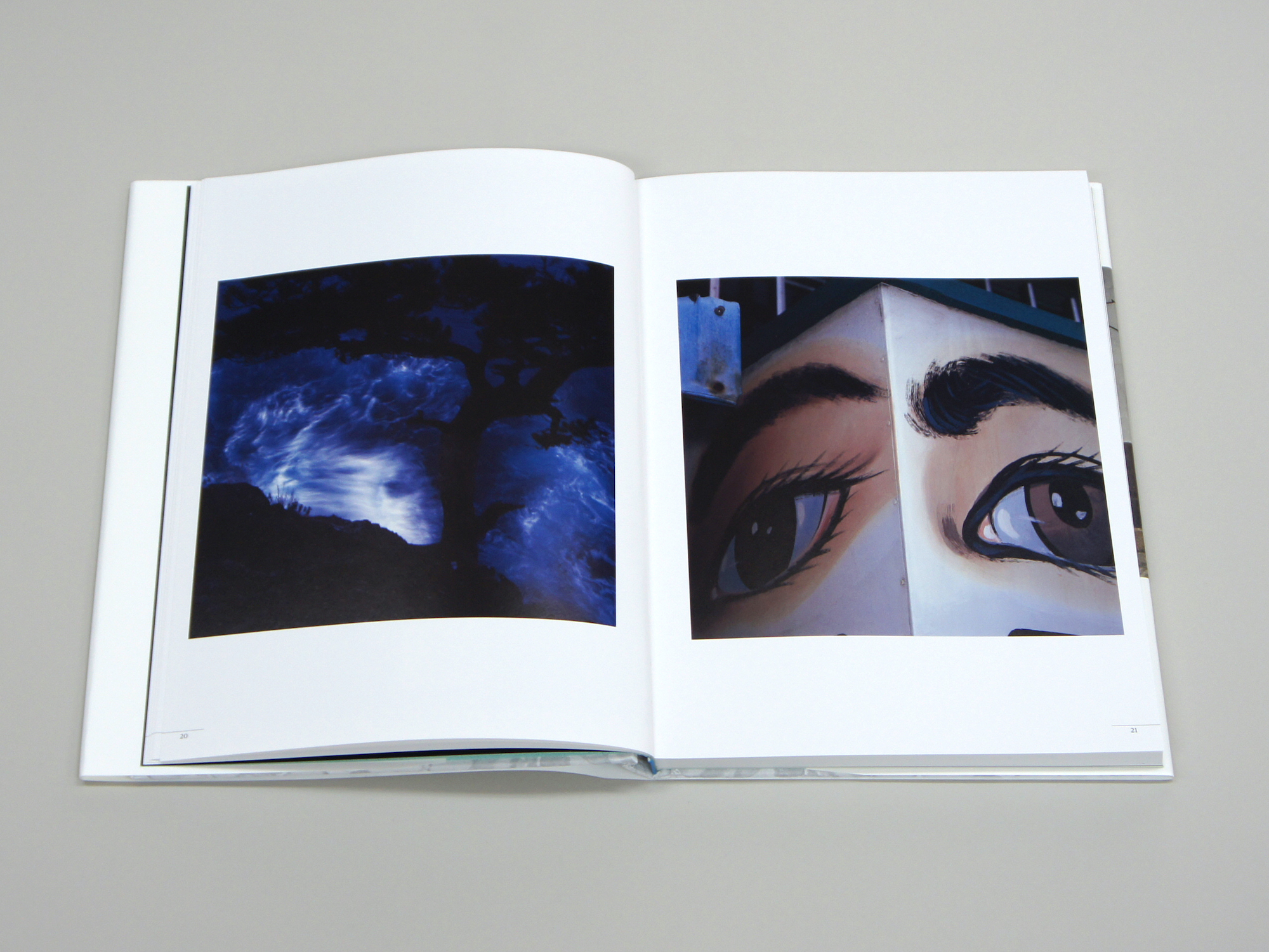
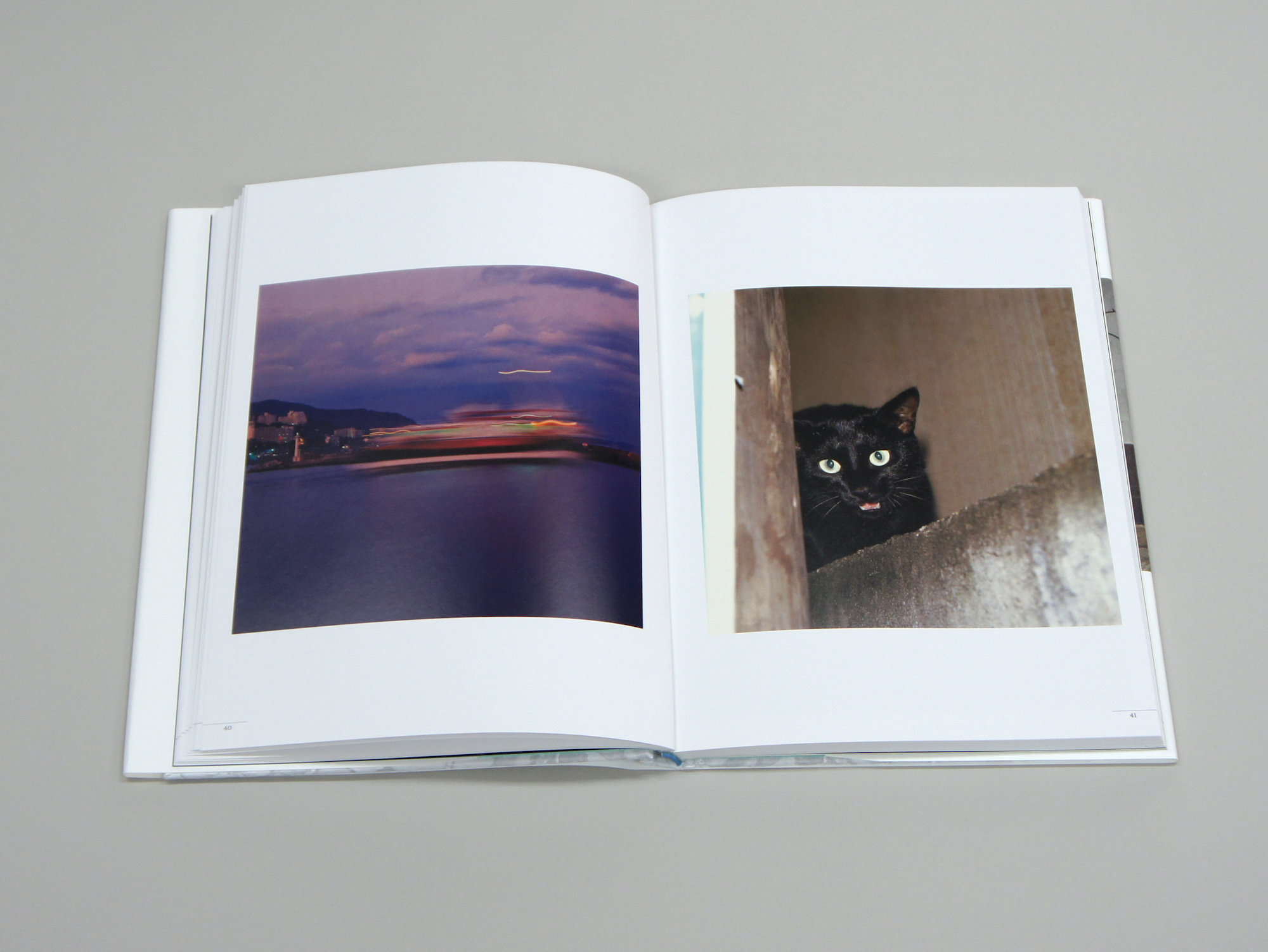
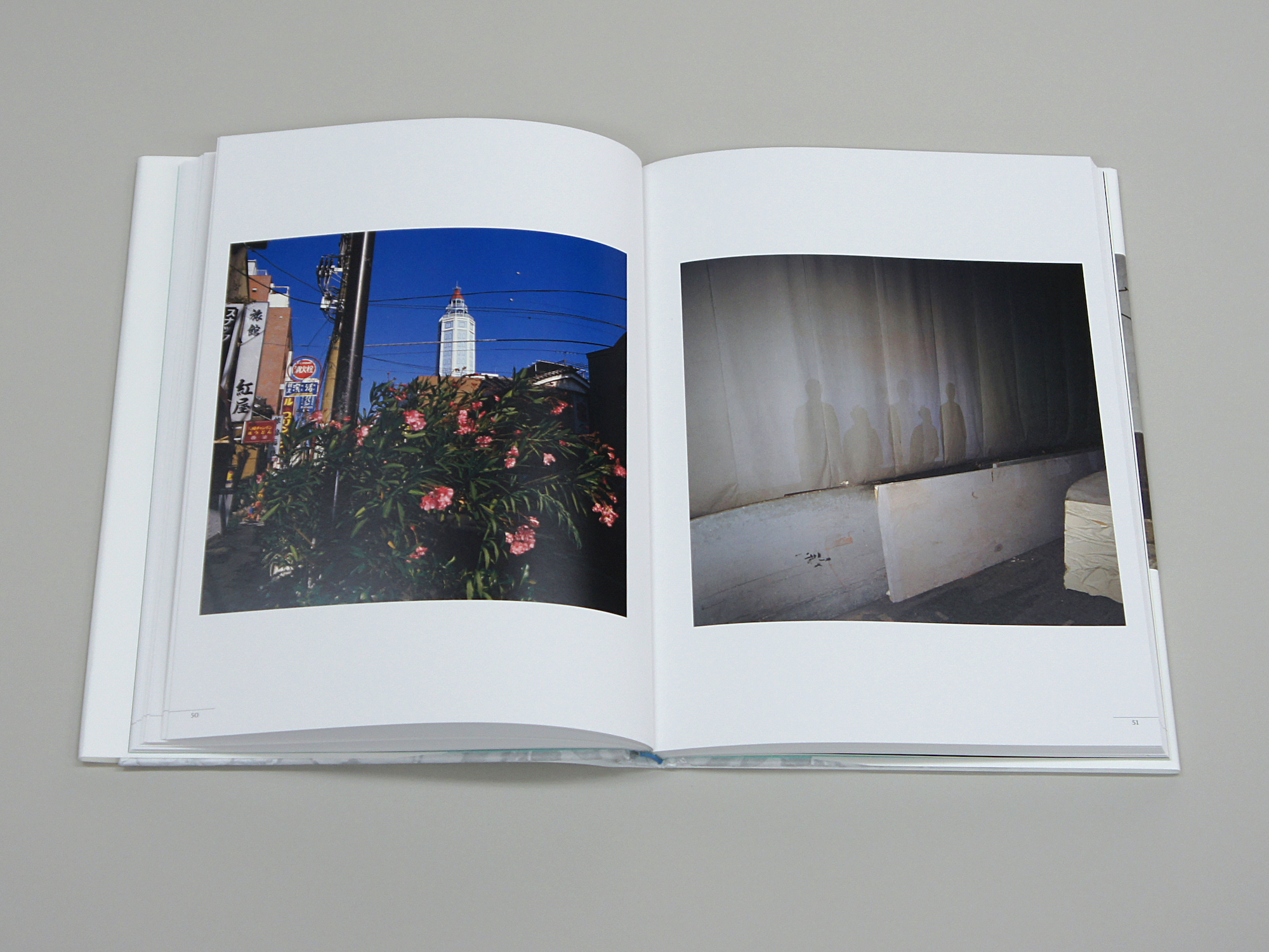
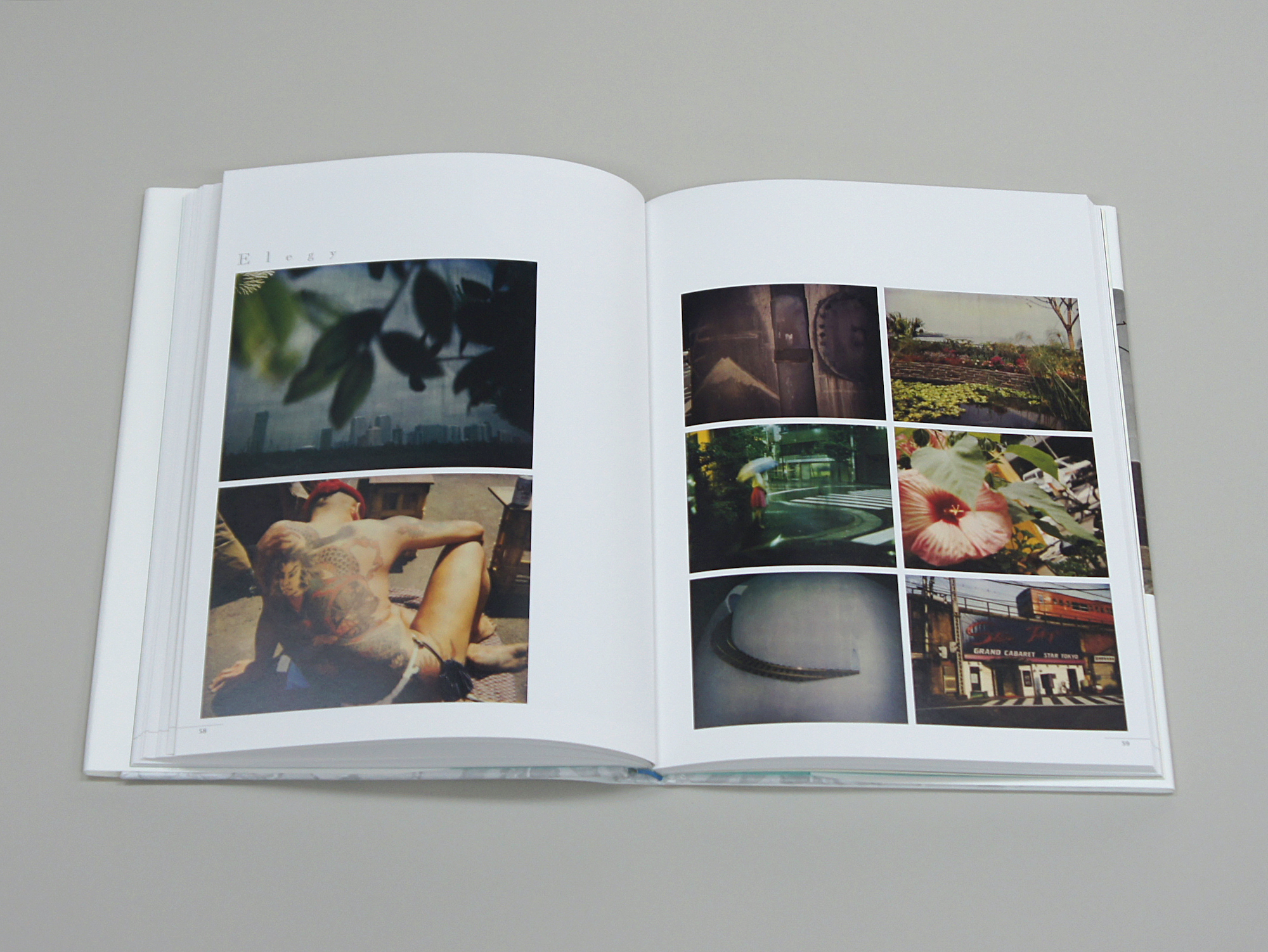
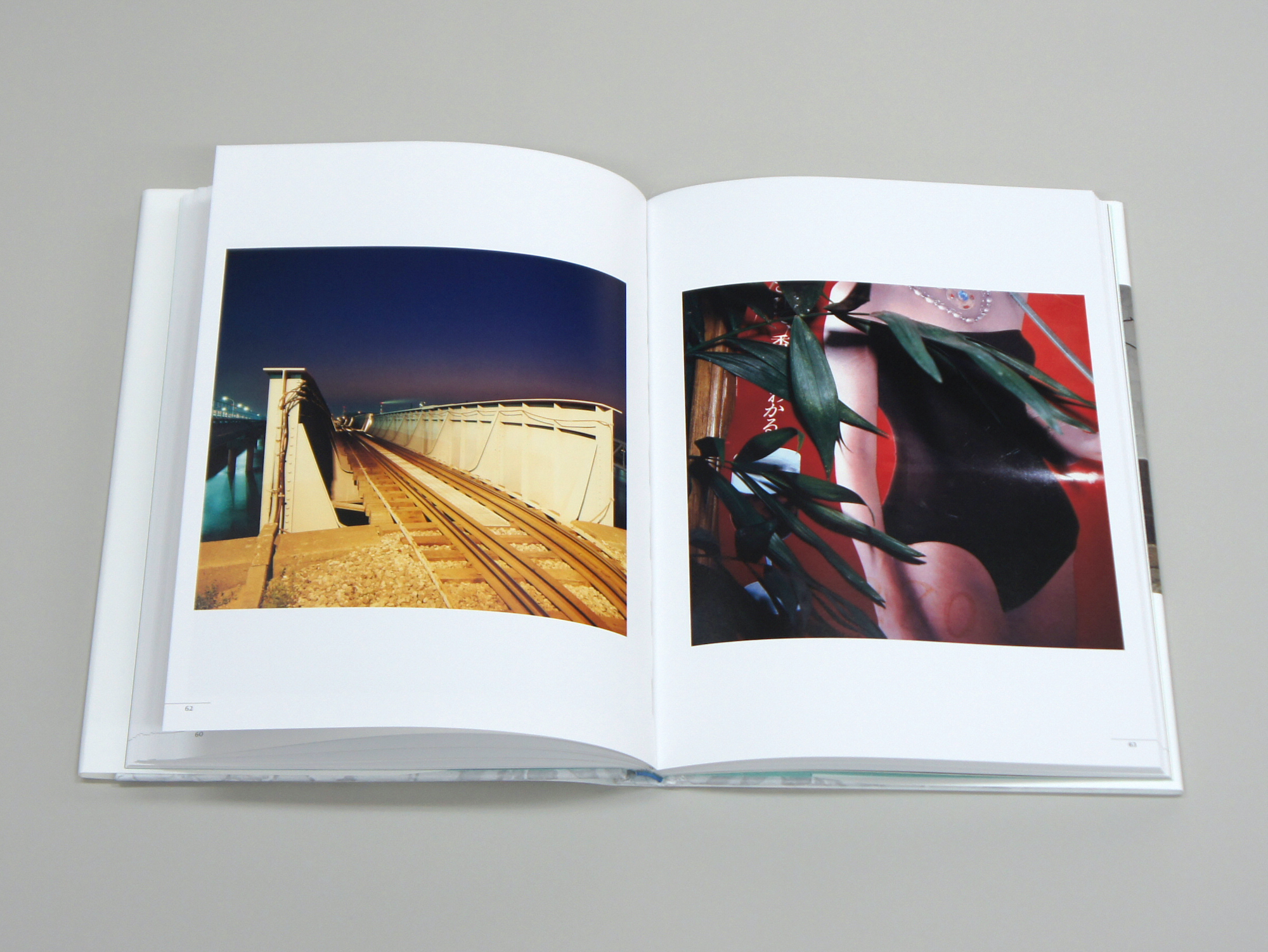

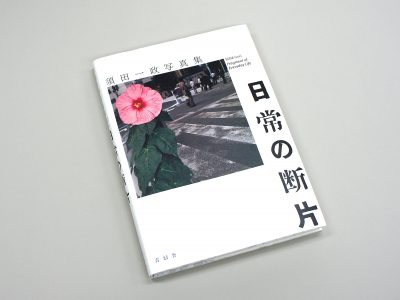
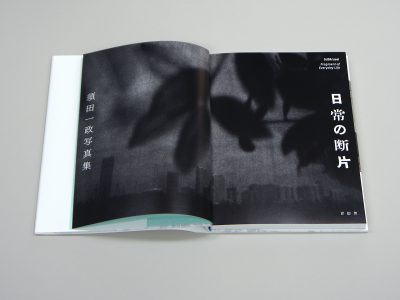
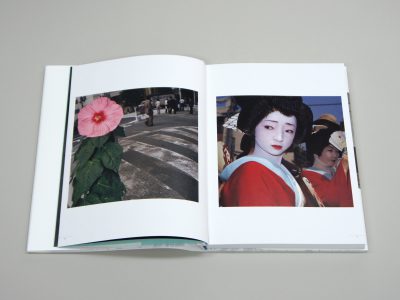
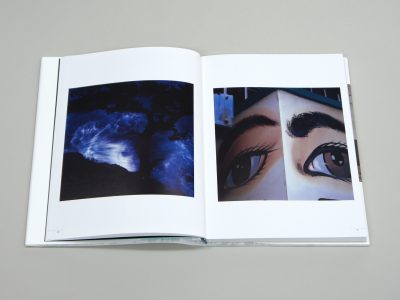
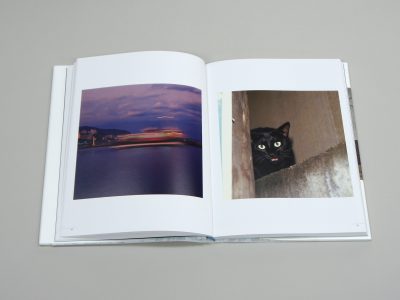
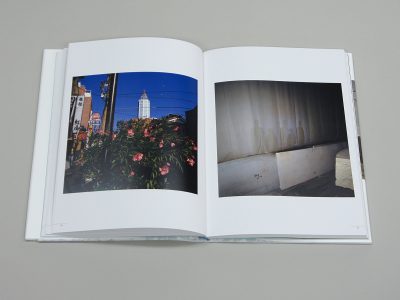
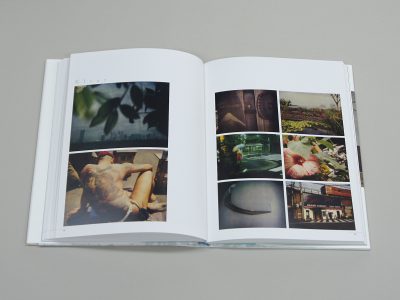
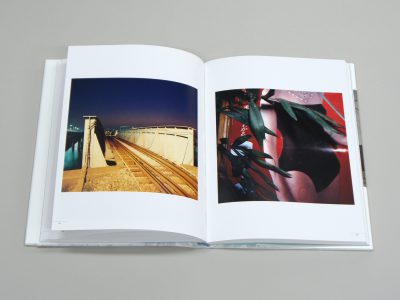
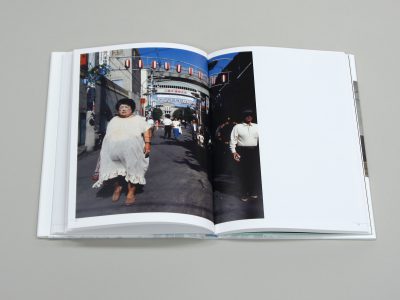
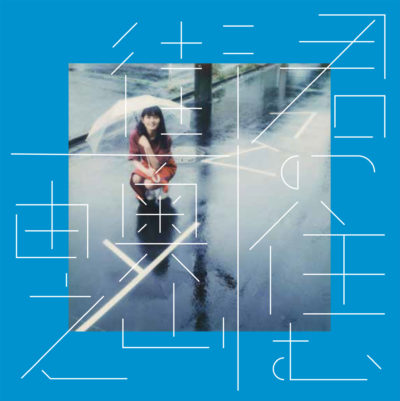
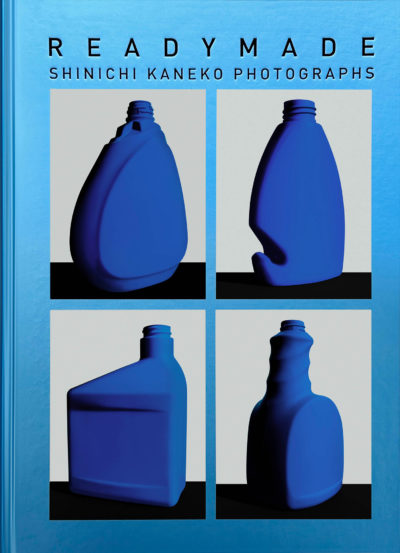
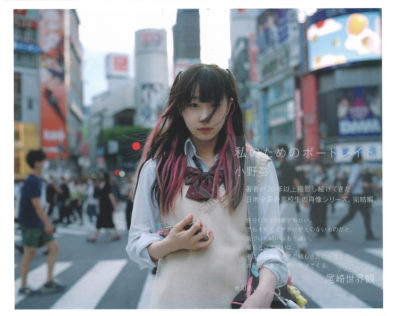
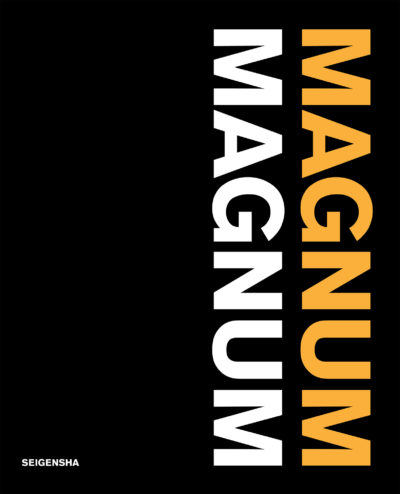
When asked what I shoot, I generally reply “everyday life,” but I’m never quite sure whether this is the correct answer. “Everyday life” is simply the most innocuous term to offer as a response.
——Suda Issei
Suda Issei made a name for himself in the Japanese photographic world through his 6 x 6 black-and-white prints that bare the unexpected—and often unsettling—dimensions lurking in otherwise perfectly mundane subjects. Now, a new collection focuses on a perhaps less known, but no less arresting side of his art: his color photography.
The roughly 150 works cover Fragment of Everyday Life (1983–1984), Suda’s first series of medium-format color photography, and four Polaroid series from the turn of this century including Spot, which seeks to capture the “residues” lingering at the sites of past incidents.